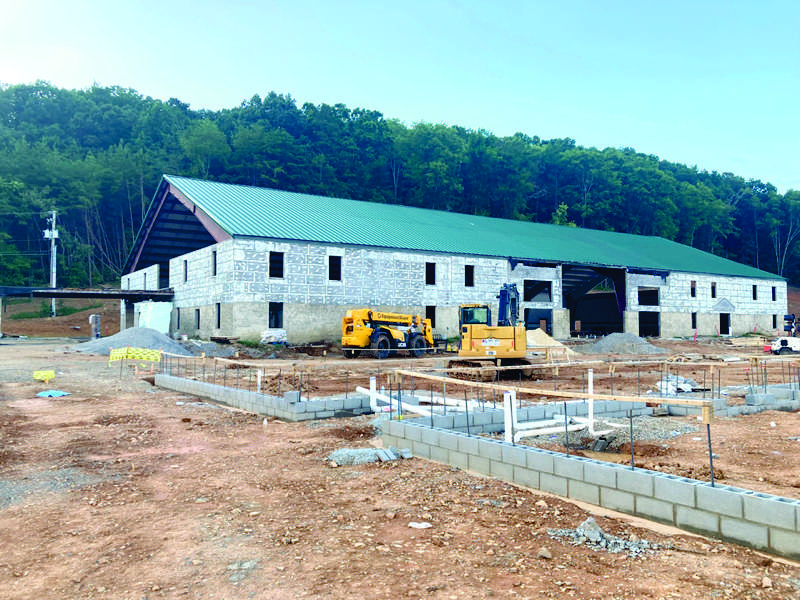School board approves $1M for Claxton school bonds

Construction continues for a new elementary school at the former Crossroads Christ Fellowship site in the Claxton community. (photo:Ben Pounds )
“There’s a point where you have to start paying the bills,” said Board of Education Chairman Scott Gillenwaters at the Thursday, July 11, board meeting.
Anderson County Schools director Tim Parrott said the school system had at first held off on the bond issue, waiting for interest rates to go down, but was now making monthly payments despite the rates not lowering.
The Anderson County Commission authorized a total of $20 million in bonds last year.
Crews are working on a section of the school that will be for kindergarten through second grade.
They have started to lay the foundation for the first building’s slab, and Parrott told the County Commission on Monday, July 21, that by Nov. 2, crews will have poured all slabs.
“They’re really professional up there,” he told the commission.
The kindergarten through second grade section will be part of a new building, while another part of the school will be the former Crossroads Christ Fellowship Church.
“They’ve moved so much dirt trying to get the pad ready,” said Parrott regarding the new building. “It’s a big pad.”
He said there had been setbacks including rain and hitting a large rock while digging. The school will be at 105 Fellowship Lane, with a new entrance for parents from Raccoon Valley Road.
Parrott said the school system is a year-and-a-half to a year away from selling the old Claxton School building, which will still be in use this coming school year.
He has said the current school at 2218 Clinton Highway has structural issues.
“I wouldn’t say our students are in danger,” he said. “But we want it to be more like our other, newer schools.”
At the July 11 meeting, the board approved several policies that will help keep the new school in line with state law.
The policies will need to pass on second reading at another meeting, however.
They include policies regarding emergency preparedness, virtual education, use of the internet, substitute teachers, attendance – including permission to leave school for religious classes, library materials, preventing discrimination and harassment of students and employees, rules on student use of mobile phones and other wireless communications devices, and more.
